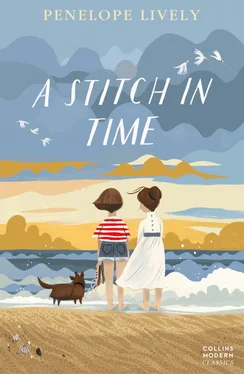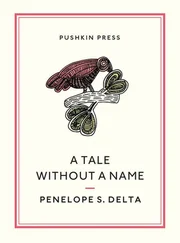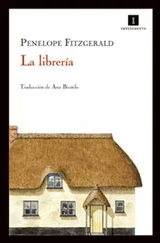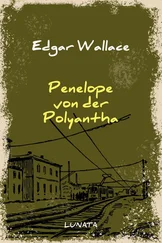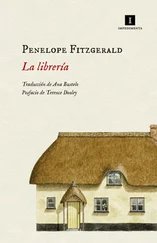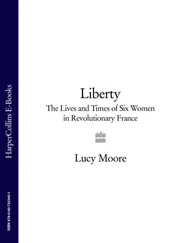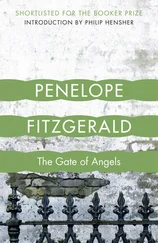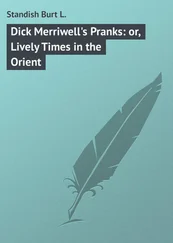Chapter Three Chapter Three: Clocks and a Sampler Chapter Four: The Cobb and Some Dinosaurs Chapter Five: The Day that was Almost Entirely Different Chapter Six: Harriet Chapter Seven: An Afternoon Walk and a Calendar Chapter Eight: The Swing Chapter Nine: Rain, and a Game of Hide-and-Seek Chapter Ten: The Picnic Chapter Eleven: A Small Black Dog and One Final Piece of Blue Lias About the Author Collins Modern Classics About the Publisher
CLOCKS AND A SAMPLER Chapter Three: Clocks and a Sampler Chapter Four: The Cobb and Some Dinosaurs Chapter Five: The Day that was Almost Entirely Different Chapter Six: Harriet Chapter Seven: An Afternoon Walk and a Calendar Chapter Eight: The Swing Chapter Nine: Rain, and a Game of Hide-and-Seek Chapter Ten: The Picnic Chapter Eleven: A Small Black Dog and One Final Piece of Blue Lias About the Author Collins Modern Classics About the Publisher
Pinned up on the kitchen wall – abandoned, presumably, by a previous tenant of the house, someone whose holiday was now over and done with – was a map of the town and the coast to right and left of it. Maria soon became very familiar with this map. She liked maps. She liked to know where she was and moreover had a deep secret pride in having learned all on her own how to find her way around a map. Once upon a time (and not so very long ago, either) maps had been as mysterious to her as the long columns of print in her father’s newspaper, or some of the more confusing kind of sums at school, before which she sat in baffled horror. There were these maps, with their network of lines all differently coloured which might be roads or rivers or railways but you could never be certain which, and their blocks of green and blue and grey which meant other things, and their innumerable names. And there were the places to which they referred, bright and moving with houses and buses and waving trees and bustling people, and how on earth you married the one to the other, as it were, she could not see at all. How you stood before a map and said to yourself, ah! I am here, and I want to be there, so I must walk (or drive, or take a bus) in that direction. And then one day she had wrestled with this problem all on her own, standing in the shopping centre near her home before the street map that said so confidently, with its red pointing arrow, YOU ARE HERE. And all of a sudden she had realised where indeed she was, and the familiar streets and shops had turned themselves into lines and writing and laid themselves handily out upon the map.
“Not very bright, were you,” said the cat.“Most would have tumbled to that a long time ago.”
“I never said I was,” said Maria, “bright.”
“Now take Sally in your class at school,” the cat went on, warming to the subject. “She’s what I’d call bright. Hand up all the time – ‘Please, miss, I know,’‘Please, miss, can I answer …’ Nice writing. Red ticks all over her exercise books.”
But Maria found suddenly that she did not want to talk about Sally in her class at school. It was too nice a day – sun making a white glittering sheet out of the sea, the fields beyond the house ablaze with buttercups and daisies – and moreover, she wanted to look at the map undisturbed. The cat, ignored, went to squat on the kitchen doorstep, and Maria returned to the map. The beach to which they went, she knew, was at Charmouth, and the cliffs beyond it, between Charmouth and Lyme Regis, were called first Black Ven, and then Church Cliffs. And today, she knew, was the day to start exploring all this on her own, very slowly, at great length and in much detail and with conversations with anything likely that happened to come along.
They drove to Charmouth and walked along the beach, as they had done the first time they had gone there. To shake off the crowds, said Mrs Foster, and Maria thought, to get closer to Black Ven, and, thinking this, wondered why it should be called Black when in fact it was grey and green and golden. Picking their way along the beach she thought of this and other things while her mother selected and then discarded likely sitting-places with all the deliberation of someone buying a house. At last a place was found that was neither too windy nor too shady, neither too near the sea nor too far, unencumbered by seaweed or noisy neighbours. Mrs Foster set about the process of making herself comfortable and establishing the boundaries of their territory, and Maria, watching her, thought that if you were a person who didn’t know about seaside holidays – a visitor from outer space, say, or a prehistoric person – you might be amazed to find that at certain times of the year everybody gathers on the edges of England (and Scotland, and Wales) and just sits on them, looking at the sea. It might seem a very odd thing to do.
“All right?” said Mrs Foster.
“All right,” said Maria. And then, after a moment or two, “I think I’ll go and explore.”
“Mmn,” said Mrs Foster, opening her book.
Maria began to climb the slopes at the back of the beach, the toes of the cliff. Grey, muddy toes they were, and looking up she saw that this dried grey mud had slid in long tongues down from the top, like pictures of glaciers in geography books. The mud had cracked into scaly patterns, and here and there, as you walked upon it, it quaked a little as though deep down its foundations were uncertain. A notice back at the car park had warned sternly that these cliffs were dangerous and might fall at any time. And Maria, looking up at the blasted slopes of Black Ven, thought with a shudder, I’m not going up there, I don’t fancy that at all.
For it was an eerie place. It seemed both very old and very young – old and infertile as the moon, with its barren reaches of mud and rock, and yet young as last week in its impermanence. For this, she saw, was the landscape of collapse. The cliffs had slipped and slid – sometimes long, long ago, so that the place that had crumbled away was now clothed in scrub, grass, reeds and sapling trees – and sometimes so recently that nothing yet grew at all except a few valiant seedlings poking out from the mud to show what they could do, given time and a world that would stop moving.
She followed a path that wound between bushes and over dried gullies lined with whispering reeds. It was a garden, this place, a wild garden over which the ashen cliffs presided like cathedral walls. There were flowers all around. Some of them she could recognise – the more ordinary ones. Vetch and ragwort and those little yellow things called eggs and bacon that are really birds’ foot trefoil, and clover. But there were plenty of others she did not know, including a most abundant green plant growing in forests like small pine trees, and something like a wild sweet-pea. She picked a piece of this and tucked it in her buttonhole, meaning to look it up in a book, if possible. She picked a dandelion head, and blew babyishly, and it erupted into the wind in a shower of shiny fragments that drifted uselessly away towards the sea. Where, thought Maria, they haven’t a hope of growing. Waste. You’re always being told not to waste things – time and electricity and left-over food – but things waste themselves much more. All that growing and flowering and making seeds for nothing. Dandelions and those millions and millions of seeds from elm trees in the spring. And tadpoles. And all those ammonites that got fossilised in the rock, there must have been millions and millions of them too. Seas full of them. All getting eaten by other things before they grew up. Talk about waste …
“What?”
She came round a large gorse bush to find herself face to face with someone who had been standing on the path, and realised with sudden shame that some at least of these thoughts had been said aloud. And the person, to make it worse, was the boy from the hotel next door.
Читать дальше
